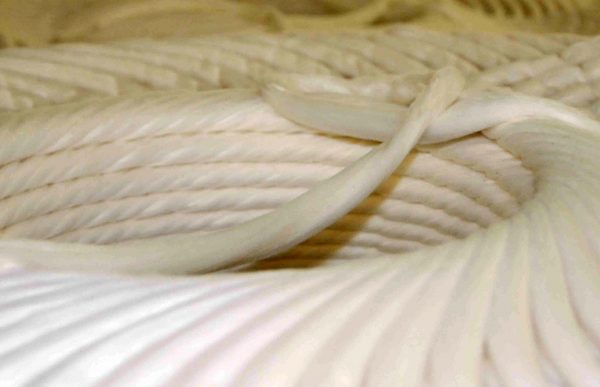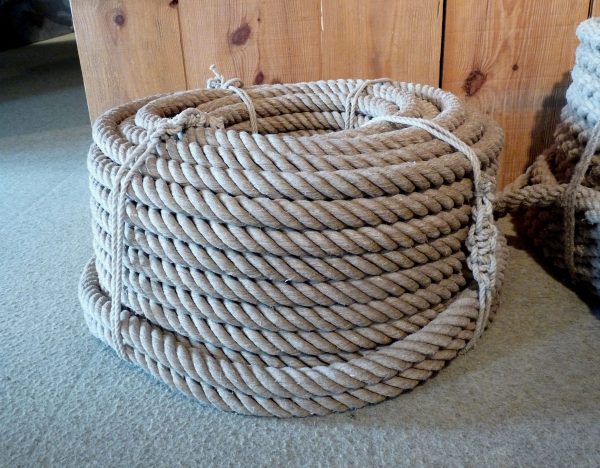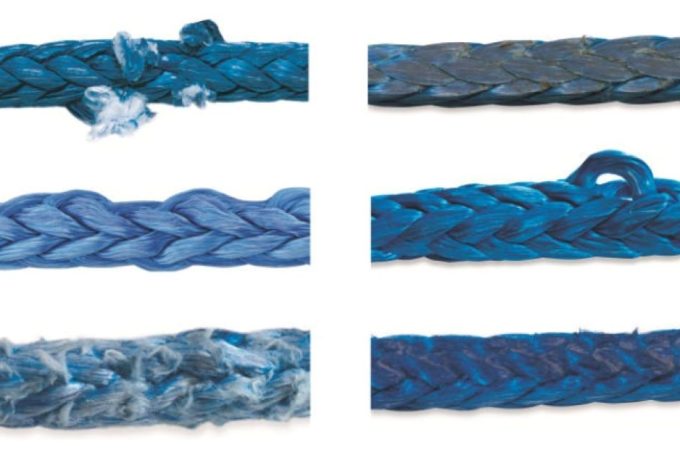
How to condition cotton rope?
Cotton rope is a great material for outdoor use, but sometimes it can be difficult to find the right products to condition it. I’ve found that washing, soaking and polishing my cotton rope with vinegar and olive oil works very well. In this post, we’ll go over each step in detail so you can learn how your own rope might need conditioning.
Contents at a Glance
ToggleSteps to condition cotton rope
Before you begin, check the product label to make sure that it can be washed. If the product can’t be washed, then skip this step entirely. After washing your cotton rope, you may also want to condition it so that it remains soft and supple. You can condition cotton rope with just a few steps. Here’s how:
Step 1: Wash your rope
First, you’ll want to wash your rope. This is so that it’s free of any oils or dirt that may have accumulated from being stored in a garage or shed. Simply fill your tub with warm water and add a small amount (about 1 teaspoon) of mild soap. Avoid using bleach or harsh cleaners, as the chemicals can damage the fibers in the rope and make them brittle and weak. After soaking for 10 minutes, rinse thoroughly with clean water until all soap residue has been removed. Do not wring out your rope! Instead, lay it out on a flat surface (or even hang it over the edge of your tub) until fully dry before moving on to step 2: conditioning.
Step 2: Soak your rope
In a bucket or large bowl, soak your rope for at least 2 minutes. If you want to dye your rope, soak it in warm water (be careful not to burn yourself).
Step 3: (Optional) Dye your rope
If you want to dye your rope, there are a few different ways that can be done. The first is using natural dyes (you’ll have to do some research on the best way to achieve certain colors). Another option is synthetic dyes, which come in liquid form and can be applied with a paintbrush.
Step 4: Dry your rope
When you’re done conditioning your rope, it’s time to dry it. Don’t just hang it on a clothesline—it’ll get tangled and hard to untangle. Instead, place the rope in an empty bathtub or bucket and let it hang down into the center of the container. You can also use a fan set on low speed to help with drying, but if you do this be sure not to put it right next to the rope lest you cause any fraying or matting.
If at all possible, avoid drying your rope in direct sunlight as this will cause fading over time; though if that is all that is available then try hanging the rope somewhere where there are no cars driving by or pedestrians walking past so that they don’t step on any wet sections and create permanent stains on your clothesline!
Step 5: Polish your rope
To polish your rope, start by using a soft cloth to wipe off any dirt. Then, use a cotton rope polishing wheel (or other abrasive material) to rub the surface of your rope in small circles until it feels smooth and clean. Don’t add too much polish—you want just enough so that you can feel it on your hands as you work. Finally, make sure not to apply any polish to the ends of your rope; this will make them slippery and hard for people to hold onto!
Conclusion
When it comes to conditioning cotton rope, we recommend that you start with the basics. You can dye or polish your rope as soon as it’s dry, but don’t do either of these things until you’ve given it a good wash and soak. Once your rope is soft and clean, then you can experiment with different colors or finishes!






